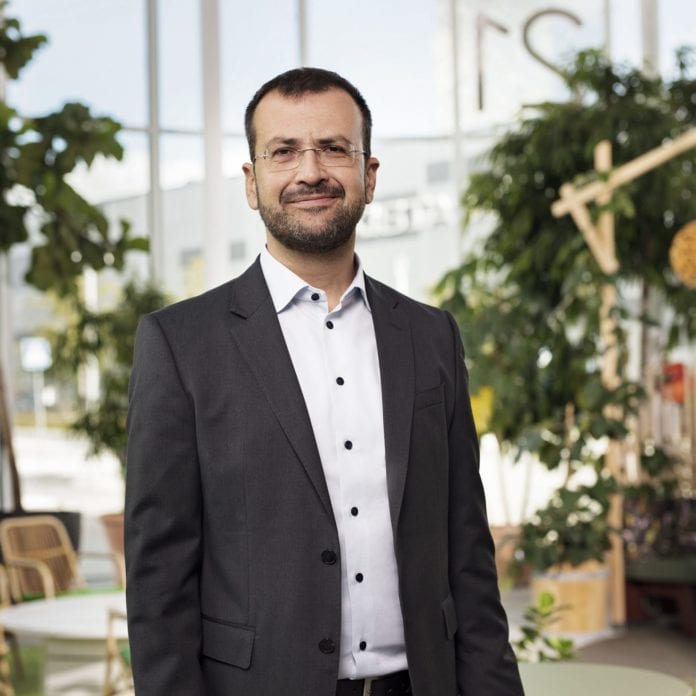The new Austin facility will focus on microelectronics and will accelerate the Ericsson plans for 5G commercialization
Ericsson announced the opening of a design center in Austin, Texas, to focus on microelectronics and accelerating the path to 5G commercialization. The new Application Specific Integrated Circuit (ASIC) design center is open now and recruitment is ongoing.
Ericsson highlighted that microelectronics are at the core of all Ericsson radio systems and can be seen as processors that are specially made for the computation needs of mobile infrastructure.
“We are strengthening our radio design capability in one of the world’s 5G pioneer markets. We’ll be up and running with our first group of designers in Austin by the end of 2017. Along with our ASIC design teams in Sweden and China, we’ll be making faster, better and greener 5G products to bring into the Ericsson portfolio by 2019,” said Sinisa Krajnovic, head of development unit networks at Ericsson.
The new facility will be located near other Austin telecom and tech campuses–the city is nicknamed the Silicon Hills in an homage to its Bay Area cousin. “Austin is one of the fastest-growing cities in the U.S. with a bustling tech and start up scene. We want to capture the great talent on-hand there, enabling us to increase digital ASIC capabilities even further and be close to some of our key global customers,” Niklas Heuveldop, Head of Ericsson North America, said.
Asian telecom equipment maker selects Enea’s OS for 5G base stations
In other 5G news, Swedish company Enea, a supplier of network software platforms, announced that it has been selected by an Asian tier one telecom equipment manufacturer to deliver its Enea OSE multicore operating system for use in time-critical functions in a line of 5G radio base stations.
Enea OSE is a real-time operating system optimized for multicore processors in telecom and networking applications. It can be deployed stand-alone on dedicated hardware, together with Linux in an AMP solution, or as a guest operating system in a virtualized environment, the Swedish company said.

